Interested in evolution, genomics, sexual dimorphism, variation.



www.biorxiv.org/content/10.1...

www.biorxiv.org/content/10.1...

doi.org/10.1093/evle...
Now in @evolletters.bsky.social by Reese Martin and Ann T Tate

doi.org/10.1093/evle...
Now in @evolletters.bsky.social by Reese Martin and Ann T Tate

www.biorxiv.org/cgi/content/...

www.biorxiv.org/cgi/content/...
In #G3journal, @squarehare.bsky.social, @judithmank.bsky.social, and team generated a genome assembly of the Amazon guppy, Poecilia bifurca and showed how this species shares sex chromosomes with related species, albeit with substantial Y chromosome degeneration. buff.ly/lM7etkw

In #G3journal, @squarehare.bsky.social, @judithmank.bsky.social, and team generated a genome assembly of the Amazon guppy, Poecilia bifurca and showed how this species shares sex chromosomes with related species, albeit with substantial Y chromosome degeneration. buff.ly/lM7etkw
doi.org/10.1146/annu...
Special thanks to @mirimiam.bsky.social, @crg.eu and @upf.edu!

doi.org/10.1146/annu...
Special thanks to @mirimiam.bsky.social, @crg.eu and @upf.edu!
DM if you are interested!




doi.org/10.1093/evle...
Now in @evolletters.bsky.social by Nicole Walasek et al.

doi.org/10.1093/evle...
Now in @evolletters.bsky.social by Nicole Walasek et al.
In our new review, @fedemantica.bsky.social and I argue we are missing the most prevalent one: specialization. And the same applies to alternative splicing! 1/7
tinyurl.com/45k7kbmp
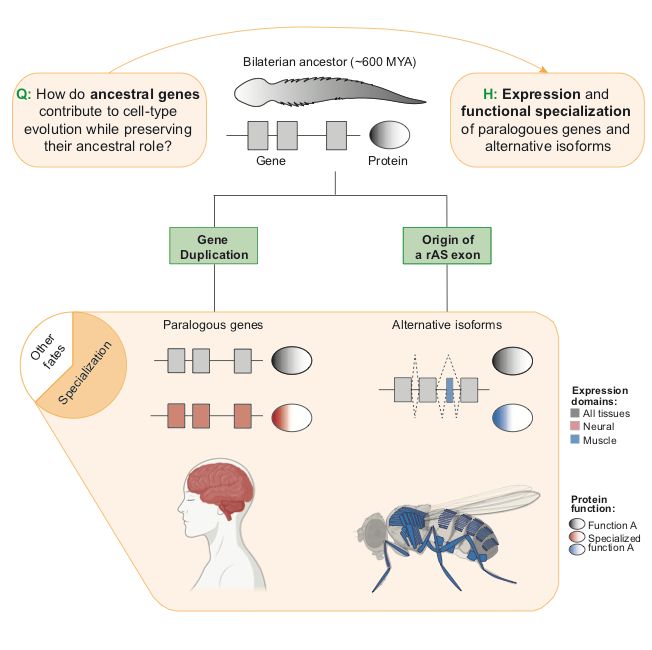
In our new review, @fedemantica.bsky.social and I argue we are missing the most prevalent one: specialization. And the same applies to alternative splicing! 1/7
tinyurl.com/45k7kbmp
Sadly they didn't use our suggested cover image below (made by the inimitable Andi Kur).
www.nature.com/articles/s41...

Sadly they didn't use our suggested cover image below (made by the inimitable Andi Kur).
www.nature.com/articles/s41...

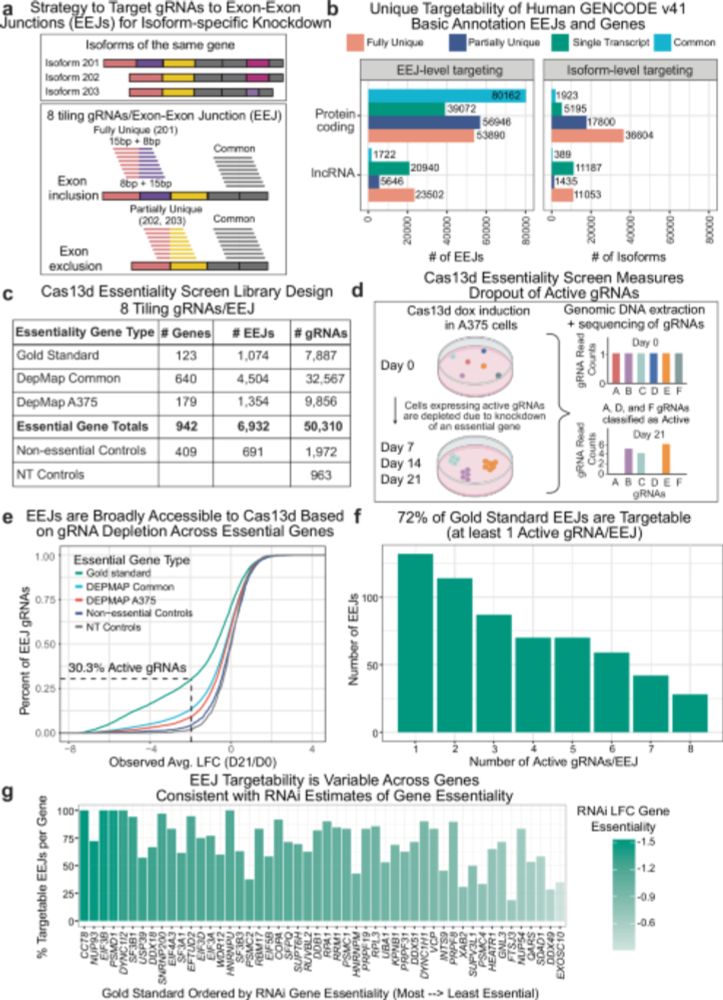
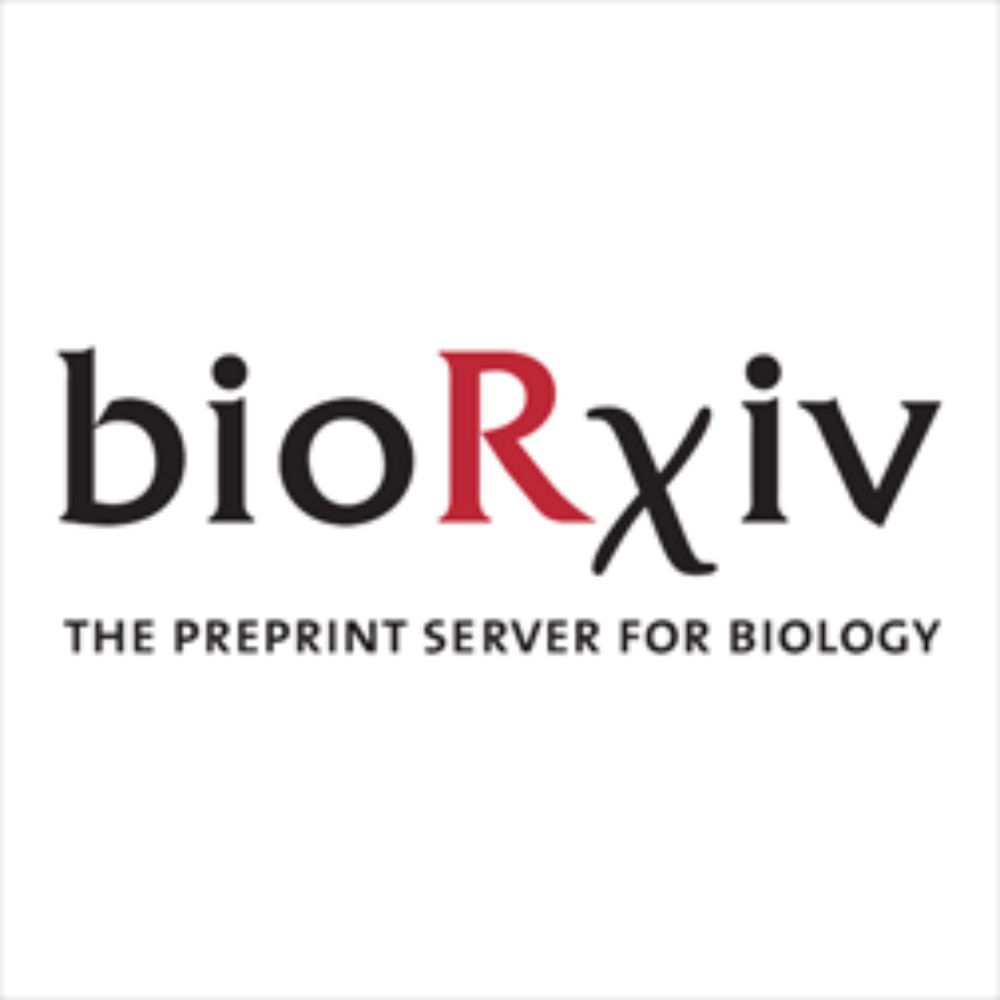
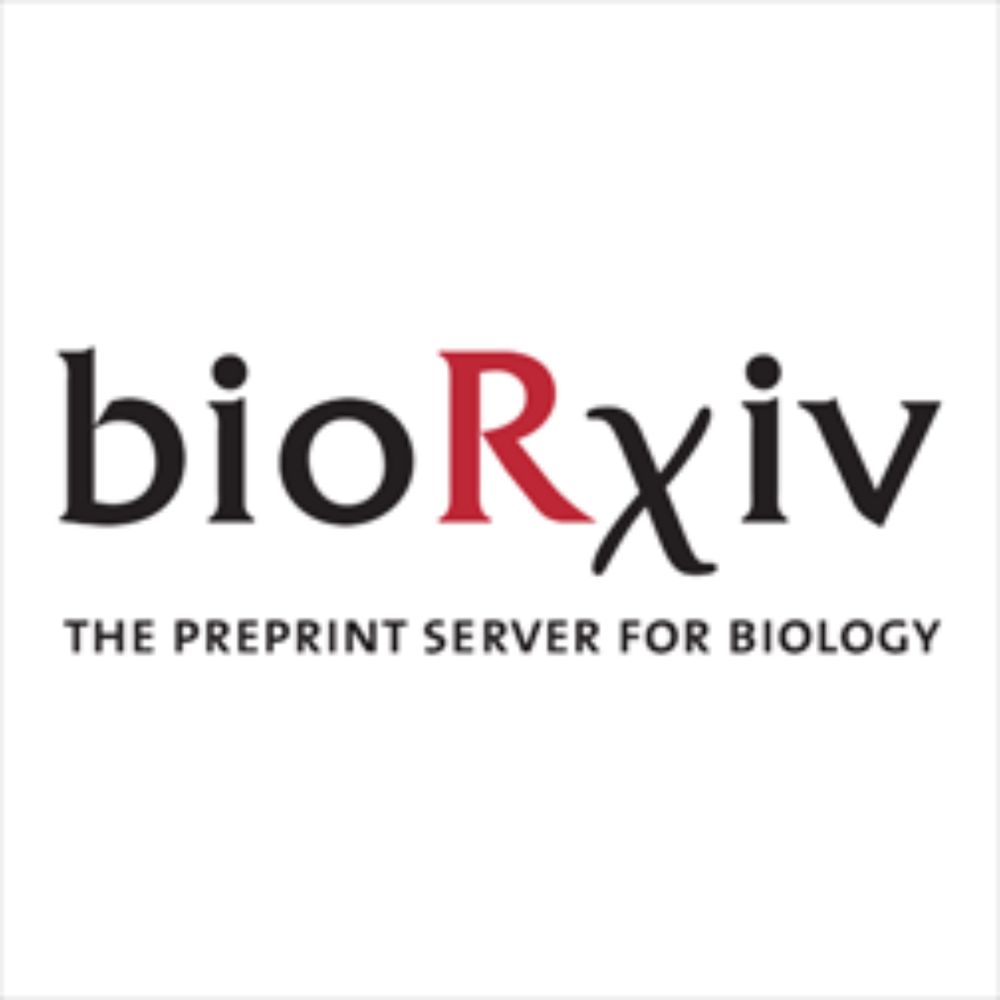
Previous theoretical work on the effects of negative density-dependent growth on evolutionary rescue has uncovered inconsistent results, leading to an incomplete understanding of its influence.
Previous theoretical work on the effects of negative density-dependent growth on evolutionary rescue has uncovered inconsistent results, leading to an incomplete understanding of its influence.
Click below for the 🧵 from first author and guppy phenotyping king @vdbijl.bsky.social
Guppy males have enormous variation in color patterns, with many combinations of ornamental spots and stripes. But where does all this variation come from?
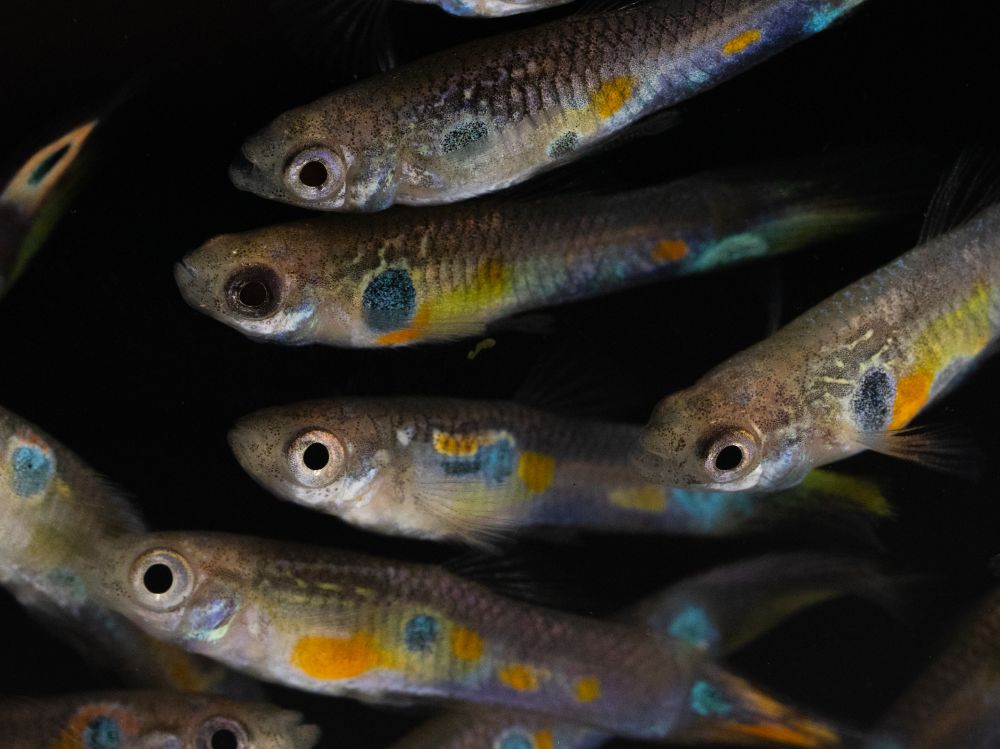
Click below for the 🧵 from first author and guppy phenotyping king @vdbijl.bsky.social
@evolletters.bsky.social with a few suggestions and requests. academic.oup.com/evlett/advan... Figs by www.jacelyndesigns.com
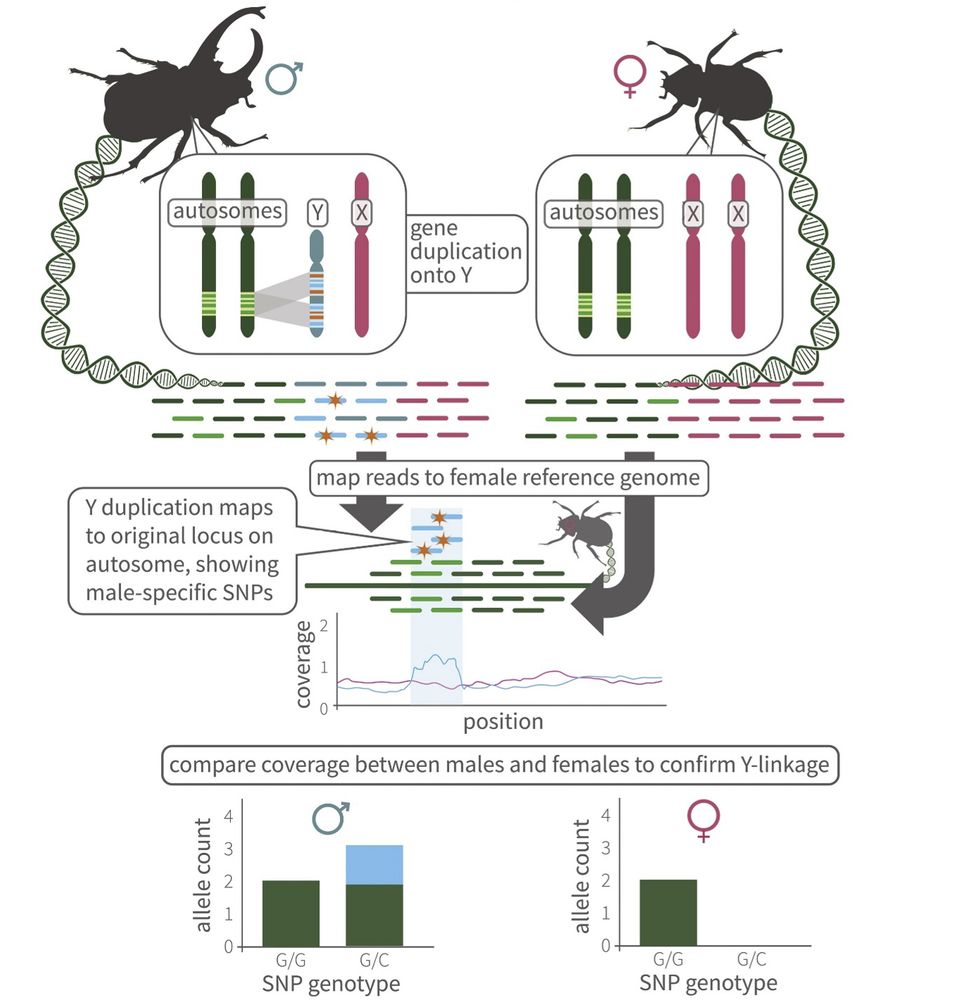
@evolletters.bsky.social with a few suggestions and requests. academic.oup.com/evlett/advan... Figs by www.jacelyndesigns.com

